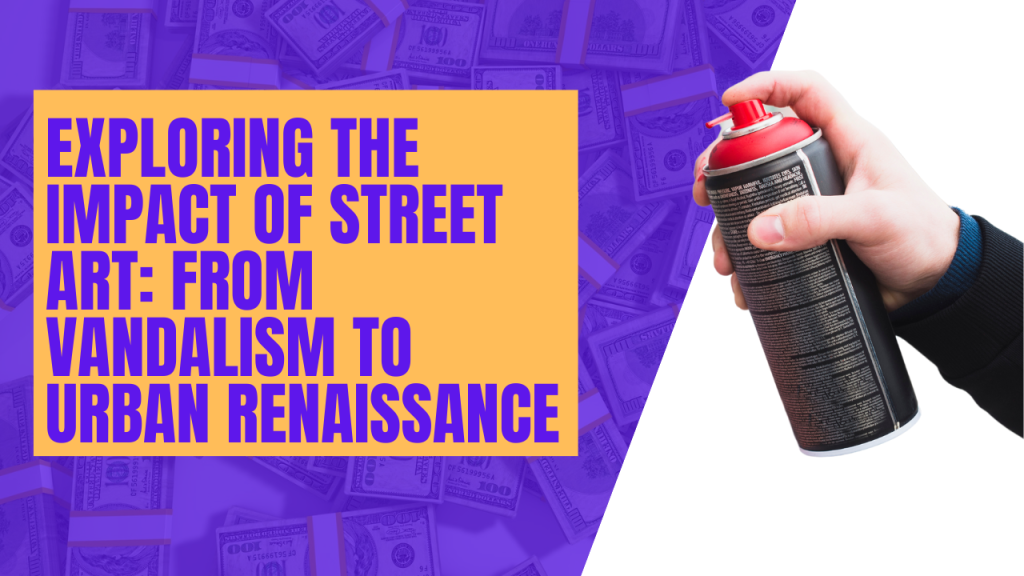
Street art, once considered a form of vandalism, has evolved into a celebrated and influential aspect of urban culture worldwide. What was once seen as mere graffiti tagging on public property has transformed into elaborate murals, thought-provoking installations, and powerful expressions of social commentary. This article delves into the multifaceted impact of street art, tracing its journey from its rebellious origins to its role in revitalizing urban spaces and fostering community engagement.
The Evolution of Street Art
Street art traces its roots back to the graffiti movement of the late 1960s and early 1970s in cities like New York and Philadelphia. Initially associated with vandalism and viewed as a blight on urban landscapes, graffiti served as a form of expression for marginalized communities seeking visibility and a voice in public spaces. Over time, street artists began to experiment with different techniques and styles, expanding the scope of their work beyond simple tagging.
From Vandalism to Legitimacy
One of the most significant shifts in the perception of street art has been its gradual acceptance as a legitimate form of artistic expression. Institutions such as museums and galleries now recognize the talent and cultural significance of street artists, showcasing their work in exhibitions and even commissioning pieces for public spaces. For example, the renowned street artist Banksy has gained international acclaim for his politically charged stencils, with some of his pieces selling for millions of dollars at auctions.
Beautifying Urban Spaces
Street art has the power to transform neglected and blighted areas into vibrant, culturally rich neighborhoods. Murals and street installations can breathe new life into decaying buildings and infrastructure, turning them into landmarks that attract tourists and locals alike. Cities like Berlin, London, and Buenos Aires have embraced street art as an integral part of their cultural identity, with guided tours and street art festivals drawing visitors from around the world.
Social Commentary and Activism
Many street artists use their work as a platform to address social and political issues, sparking important conversations and challenging the status quo. Whether it’s advocating for environmental sustainability, racial justice, or LGBTQ+ rights, street art has the power to amplify marginalized voices and provoke meaningful change. For instance, the mural “The Hands of Victory” by Iraqi street artist Murad Subay in Sana’a, Yemen, serves as a powerful symbol of resilience and hope amid conflict and destruction.
Community Engagement and Empowerment
Street art often involves collaboration between artists and community members, fostering a sense of ownership and pride in local neighborhoods. Community-led initiatives such as mural projects and street art festivals empower residents to reclaim public spaces and celebrate their cultural heritage. In cities like Detroit and Johannesburg, grassroots organizations have spearheaded efforts to revitalize blighted areas through community-driven street art projects, promoting social cohesion and economic development.
From its humble beginnings as a form of vandalism to its current status as a catalyst for urban renaissance, street art has undergone a remarkable transformation. What was once dismissed as graffiti tagging has evolved into a dynamic and influential art movement that shapes the cultural landscape of cities around the world. By beautifying urban spaces, sparking social commentary, and fostering community engagement, street art continues to leave an indelible mark on society, reminding us of the power of creativity and expression in the public sphere. As cities embrace the transformative potential of street art, it is clear that its impact will only continue to grow in the years to come.